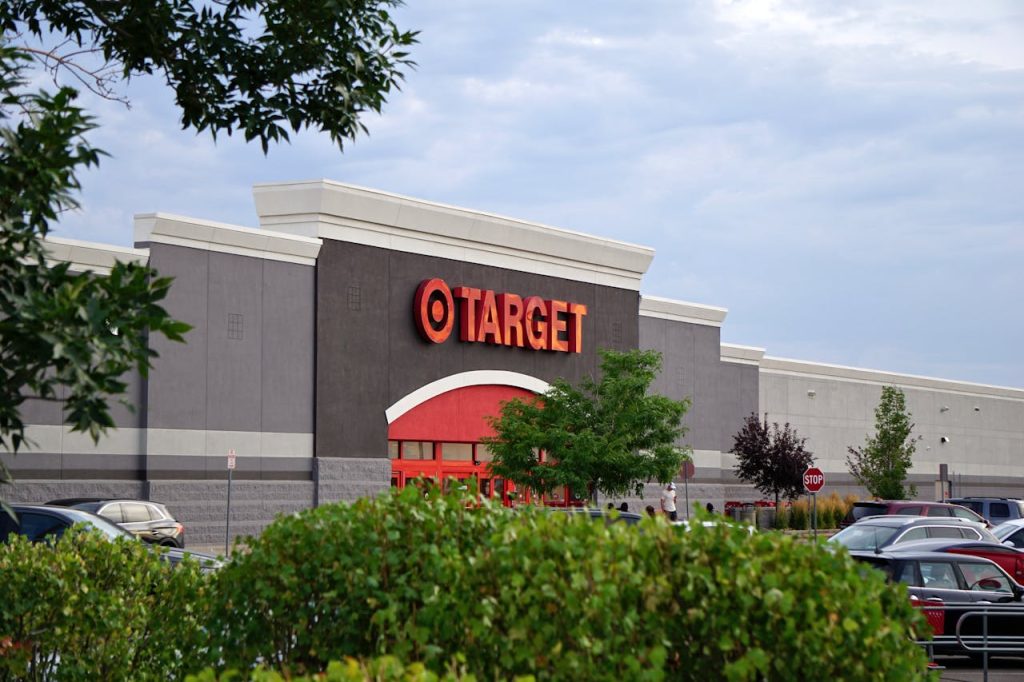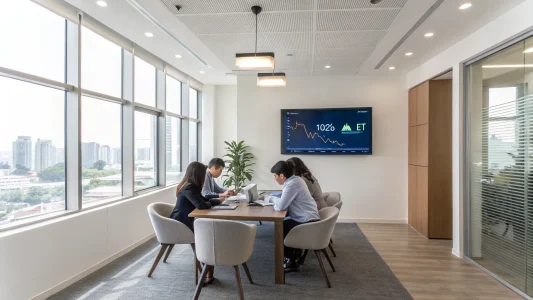As it looks for a new CEO, Target is dealing with disgruntled workers, irate customers, and ten consecutive quarters of flat or declining sales. About half of employees don’t think the company is changing to stay competitive, according to a June company-wide survey. Approximately 40% of the 260,000 respondents expressed doubt about Target’s future, with Minneapolis headquarters employees scoring even lower than they did a year ago.
Target experiences slowing sales with new CEO transition
In a video released on August 6, Chief Commercial Officer Rick Gomez acknowledged the issues and urged executives to simplify tasks and remove roadblocks. The findings point to more serious problems: customers are moving to competitors they believe to be more affordable, better-stocked, or provide a better in-store experience. Target has also been the target of boycotts because of its diversity, equity, and inclusion policies and pride merchandise.
After more than ten years in the position, CEO Brian Cornell, 66, will retire. Although 96% of medium and large investors surveyed prefer an external hire to reset strategy, the board is considering internal candidates, such as COO Michael Fiddelke. “Target has gone off the rails,” David Bellinger, an analyst at Mizuho Securities, stated.
The business is attempting to resurrect its “Tar-zhay” identity, which used to differentiate it from Walmart and Kmart and included trendy, reasonably priced goods and high-profile designer collaborations. According to former CEO Bob Ulrich, more retailers are now using that strategy, which makes it more difficult for Target to differentiate itself.
Customers still believe that Target’s prices are higher than those of some of its rivals, even though the company invests $4 billion annually and its digital sales have tripled since 2019. Sales have been further hurt by cultural disputes. According to Bernstein, Target’s market share in home goods and clothing has decreased. According to the company, the next CEO needs to have extensive experience in digital retail, turnaround, and merchandising, as well as the capacity to guide the company through intense political and market pressures.
Featured Image Credit: Joshua Brown; Pexels: Thank you!














